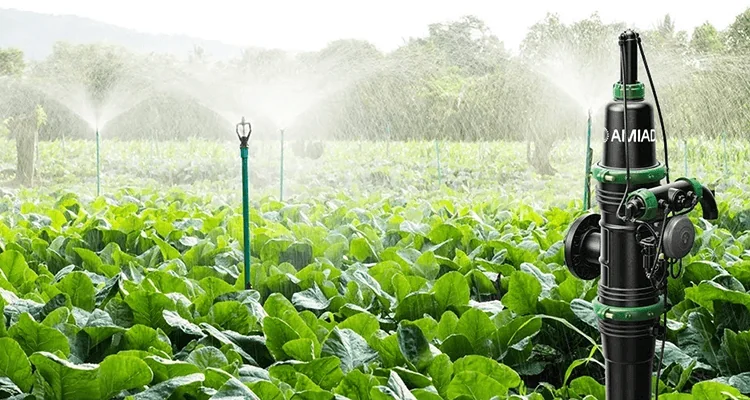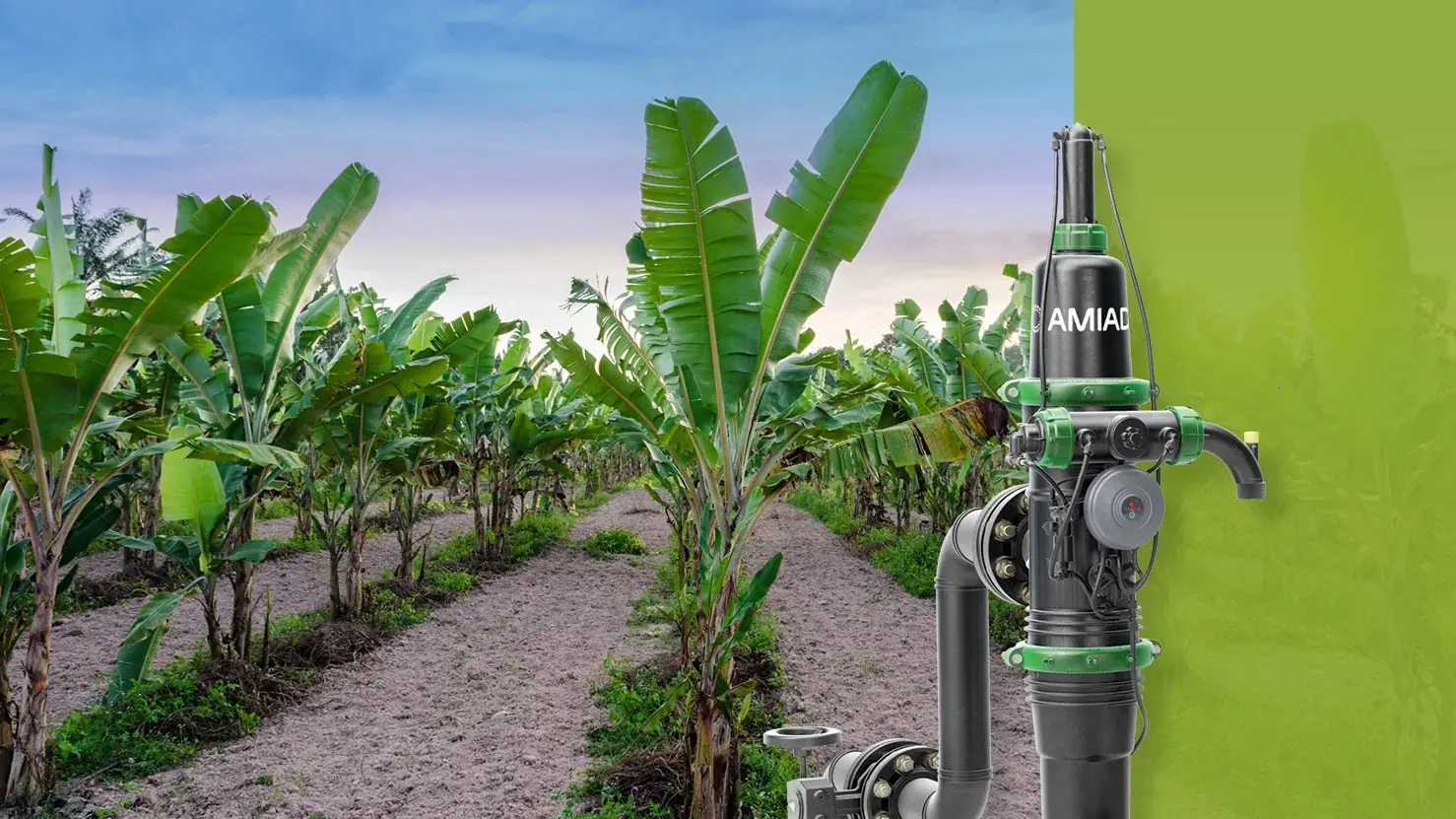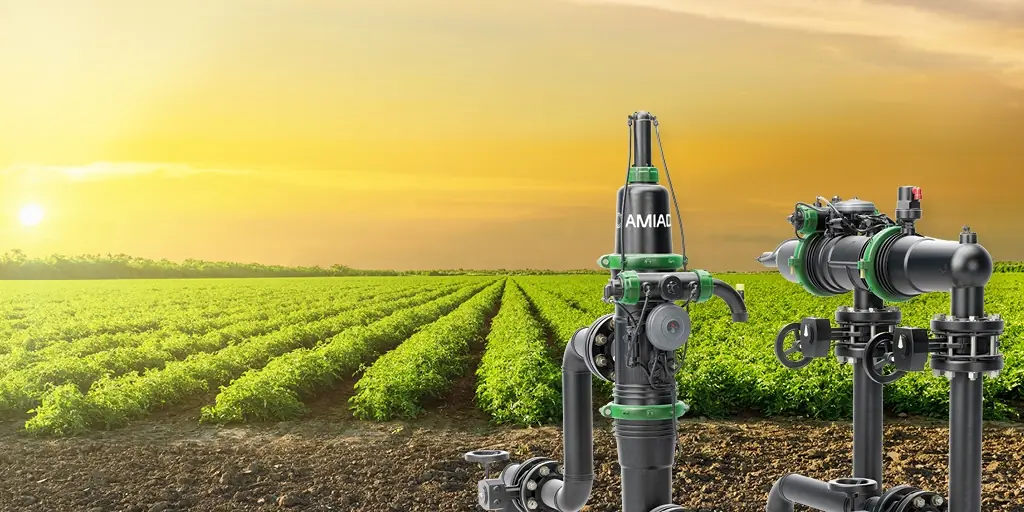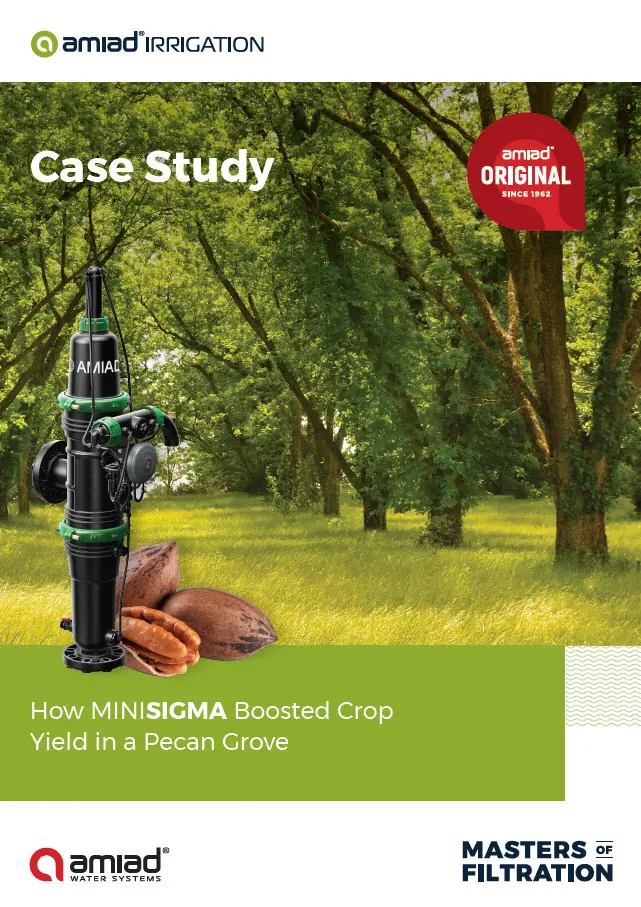
Getting the most yield out of your land while also minimizing costs can be tricky. High-quality potable water sources are becoming rarer and this is making the use of sources such as reclaimed water and non-potable fresh water more prevalent.
As these water sources often contain more clogging factors, advanced irrigation and filtration systems are required together with constant maintenance. As labor costs increase in the U.S. and all over the world, (according to the U.S. Labor Department, costs increased 0.4 percent in 2017 alone), it is getting more and more challenging to get the most out of what you have.
But what if your irrigation filtration system could maintain itself? How would that change the way you manage your land and your time?
Well, self-cleaning filters can help you achieve that goal!
In previous posts, we discussed the importance of using a well-designed filtration system to prevent irrigation emitter clogging caused by sand, silt and clay particles – from various water sources including well water. However, the gradual buildup of these particles on the inner surface of the filter screen can lead to what is called a “filter cake”. If the filter cake is not cleaned and continues to accumulate, it can become thick enough to clog the filter itself and greatly hinder its performance.
In short, the cleaning and maintaining of your filtration system is another big task on your to-do list – and a self-cleaning filter can take care of this for you.
How does it work?
Raw water enters through the filter’s inlet and passes first through the coarse screen which catches large debris and sediment. The water then continues to flow through the filter and passes the inner fine screen which catches the remaining smaller particles. A differential pressure switch (DPS) monitors the pressure caused by the accumulation of debris on the inner screen. When it senses a specific differential pressure, it initiates the self-cleaning process. The internal cleaning mechanism removes the buildup from the screen, which is then discharged.
What can you gain from self-cleaning filters?
Self-cleaning filters offer significant advantages to growers, landscapers and farmers that include:
- They are water-efficient and use the exact amount of water needed at the exact time when cleaning is required
- The costs are lower since far less water is used in comparison to manual cleaning or flushing
- The labor costs are lower or even non-existent since there is no need for manual labor to maintain and clean the filters
- The filtration process continues uninterrupted during the cleaning cycle
In addition to all of the above, another important benefit of using self-cleaning filters is the time gained to focus on so many other aspects of tending to your land. Not to mention the peace of mind that comes from no longer having to be concerned with whether your filter needs cleaning or not.
At Amiad, we fully understand how valuable your time, money and resources are, so we further developed our Sigma filter family to include two new and enhanced self-cleaning filters.
Amiad’s Sigma Pro and Mini Sigma self-cleaning filters
The Sigma Pro and the Mini Sigma are multi-screen, polymeric, automatic self-cleaning filters designed to be user-friendly, durable, efficient and easy to install. They come in three different models, with the Sigma Pro sizes ranging from 4″ to 8″ and the Mini Sigma sizes ranging from 2” to 4″.
Polymer is an extremely strong and resilient material, making both filters ideal for open-field agricultural irrigation and landscaping. It is also resistant to the chemical corrosion that often occurs when using water sources with high mineral content (hard water). For this reason, these filters are an excellent choice for anyone using reclaimed water, groundwater, and rivers and ponds as water sources for irrigation. The Sigma Pro and the Mini Sigma both have unique cleaning mechanisms that use minimal energy. The cleaning cycle uses only 1.5 bar in comparison to other automatic self-cleaning filters on the market that use between 2 and 2.5 bar.
Controlling your self-cleaning filter from anywhere in the world
The Sigma Pro and Mini Sigma are equipped with Amiad’s new ADI-P Controller (optional for the Sigma Pro). The controller interacts with Amiad’s smartphone app and sends detailed filtration performance and data reports. The cleaning cycle is triggered by a DPS switch, but unlike other filters, the ADI-P controller allows the user to choose specific time intervals or initiate the cleaning cycle at any time.
With Amiad’s Sigma Pro and Mini Sigma self-cleaning filters, you benefit from lower costs and greater efficiency – making your life just that much easier!
We’ve put together some guidelines with preventative measures for protecting against emitter clogging. Download them here.
Want to learn more about self-cleaning filters?





